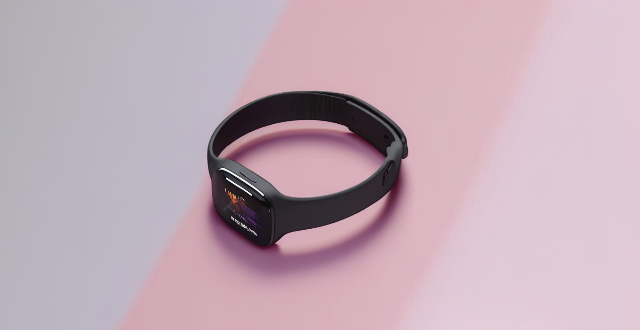Smart wearables like smartwatches and fitness bands offer various features that improve productivity and convenience for smartphone users. These devices can manage notifications, track health metrics, help with time management, simplify communication, enable mobile payments, control media playback, and allow customization. Smart wearables enhance the user experience by providing quick access to essential information and functions without constantly needing to use a smartphone. As technology evolves, these devices are expected to introduce more advanced features, further integrating into our daily lives and enhancing connectivity, health, and efficiency.

How Smart Wearables Enhance Productivity and Convenience for Smartphone Users
Introduction to Smart Wearables
Smart wearables, such as smartwatches, fitness bands, and even smart glasses, have become increasingly popular over the years. These devices are designed to be worn on the body and often sync with smartphones to provide a seamless user experience. They offer a range of features that can significantly improve productivity and convenience for smartphone users.
Benefits of Smart Wearables
*Notification Management*
- Quick Glances: Users can quickly glance at their wrist or through their smart glasses to see notifications, eliminating the need to constantly check their phone.
- Prioritized Alerts: Smart wearables can be set to prioritize important notifications, ensuring that urgent messages or calls are not missed.
*Health and Fitness Tracking*
- Activity Monitoring: Many smart wearables come with built-in sensors that track steps, heart rate, and other fitness metrics.
- Goal Setting: Users can set health and fitness goals directly from their wearable device, making it easier to stay motivated and on track.
*Time Management*
- Calendar Reminders: Smart wearables can display calendar events and set reminders, helping users manage their time more effectively.
- Timer and Stopwatch Functions: These features are useful for tracking work intervals or workout sessions, aiding in better time management.
*Communication Simplification*
- Voice Commands: Many smart wearables support voice commands, allowing users to send messages, make calls, or access information hands-free.
- Rapid Response Options: Smartwatches often provide preset responses or the ability to dictate short replies, streamlining communication processes.
*Mobile Payments*
- Contactless Payments: Some smart wearables support NFC technology for contactless payments, reducing the need to carry a physical wallet or phone.
*Media Control*
- Music Playback: Users can control music playback on their smartphone without having to take it out of their pocket or bag.
- Camera Control: Some smart wearables allow users to use them as a remote shutter button for their smartphone camera, which is particularly handy for group photos or selfies.
*Customization and Personalization*
- Interchangeable Bands and Faces: Smartwatches often come with interchangeable bands and digital watch faces, allowing users to personalize their device to match their style or occasion.
- App Integration: Many smart wearables support third-party apps, providing additional customization options and functionalities tailored to individual needs.
Conclusion
Smart wearables have revolutionized the way we interact with our smartphones by offloading certain tasks and providing quick access to essential information. By enhancing notification management, health tracking, time management, communication, payment capabilities, media control, and offering customization options, these devices significantly boost productivity and convenience for smartphone users. As technology continues to advance, we can expect even more sophisticated features from smart wearables that will further integrate into our daily lives and help us stay connected, healthy, and efficient.